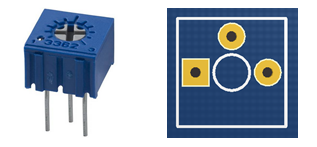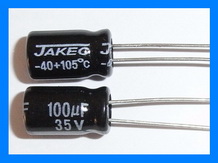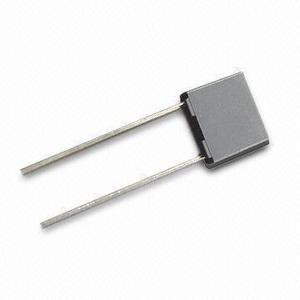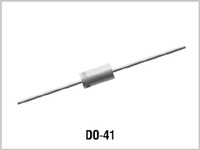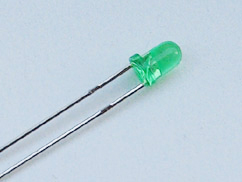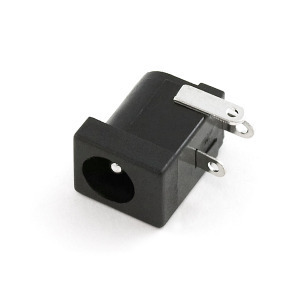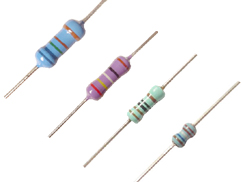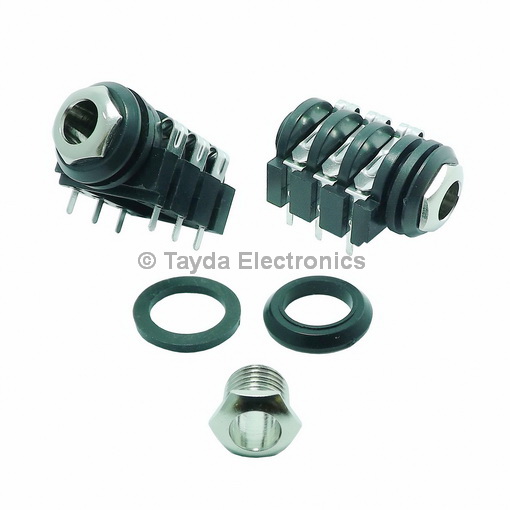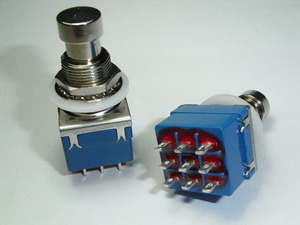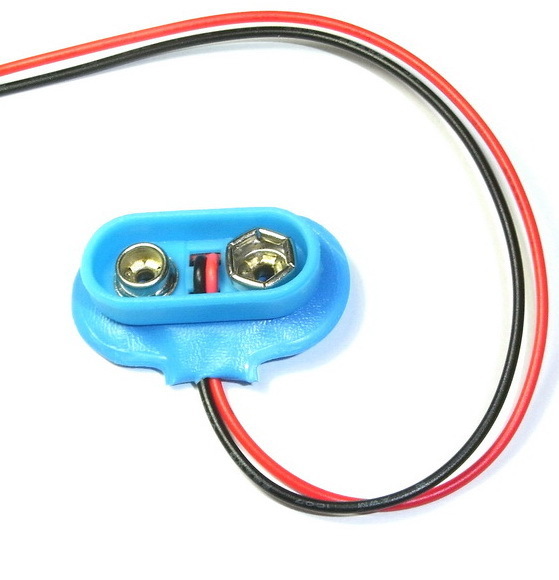Protoboard for 1590B enclosure
This board will definitely help you to build your DIY guitar pedal in the 1590B enclosure. Just built your effect circuit on the preperforated area of the PCB. Led, jacks and footswitch are mounted on the PCB, being only necessary to wiSteps
Categories
Status: Active
Designators and components Step 2 of 5
COMPONENT LIST
PCB PROTOBOARD FOR 1590B ENCLOSURE DIY PCB GUITAR EFFECT
C1 100u 100UF 35V 105C RADIAL ELECTROLYTIC CAPACITOR 6X11MM
C2 100n 100NF 0.1UF 100V 5% POLYESTER FILM BOX TYPE CAPACITOR
D1 1N4001 1N4001 DIODE 1A 50V
D2 1N4001 1N4001 DIODE 1A 50V
R1 2.2k 2.2K OHM 1/4W 1% METAL FILM RESISTOR
R2 47 47 OHM 1/4W 1% METAL FILM RESISTOR
LED LED 3MM GREEN
DC DC POWER JACK 2.1MM BARREL-TYPE PCB MOUNT
JACK IN 6.35MM 1/4" STEREO INSULATED SWITCHED SOCKET JACK PCB
JACK OUT 6.35MM 1/4" STEREO INSULATED SWITCHED SOCKET JACK PCB
3PDT 3PDT STOMP FOOT / PEDAL SWITCH
BATTERY 9V 9-VOLT BATTERY CLIP / CONNECTOR SNAP
PCB FRONT AND BACK
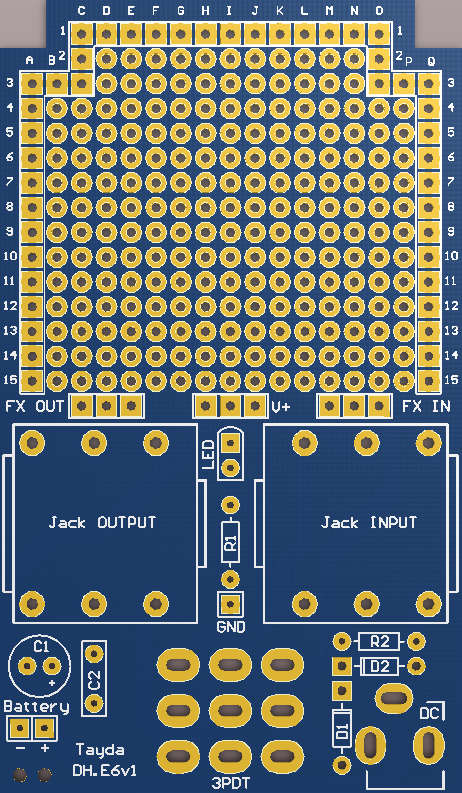
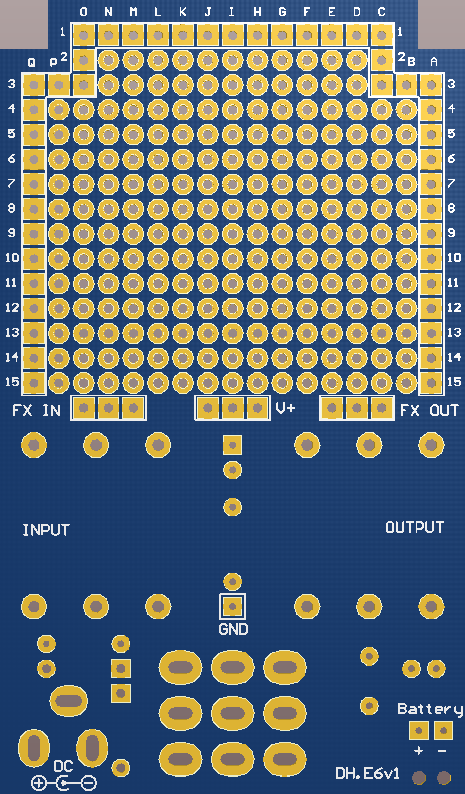
SCHEMATIC OF THE PCB
The schematic of DH.E6 is similar to DH.E14.
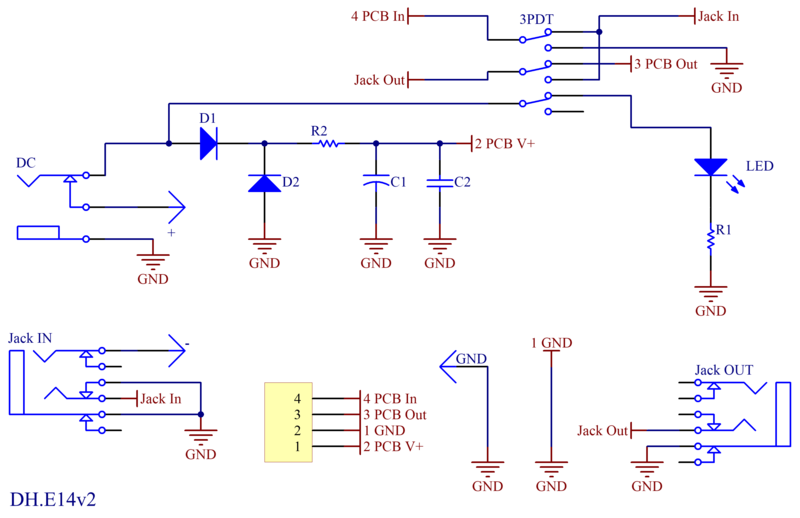
BRIEF DESCRIPTION OF THE CIRCUIT
Diode LED
The resistor R1 is the current limiters for the diode LED. You can choose the value according to the brightness of the led. Recommended values are 2.2k – 4.7k for regular LEDs.
Power supply
Capacitors C1 and C2, in combination with R2, filter the noise from the power supply. If you want to omit this filter, don’t place C1 and C2, and substitute R2 by a jumper.
Diodes D1 and D2 are placed for reverse polarity protection. If the effect PCB already has inverse polarity protection, don’t place D2, and substitute D1 by a jumper.
GENERAL DESCRIPTION OF COMPONENTS
Resistors
The resistors should be ¼ Watt metal type. You can either use a multimeter or the color bands to obtain their values. Resistors do not have polarity, you can place them in any direction.

Electrolytic capacitors
Electrolytic capacitors have their value printed on them. The negative polarity pin is indicated by a white strip along the can. They also have a longer leg indicating the positive pin. The maximum voltage rating never can be exceeded, make sure you are using at least double voltage rating than your power supply. For example, if you are using a 9V power supply, use a electrolytic capacitor with at least 18V maximum voltage rating.
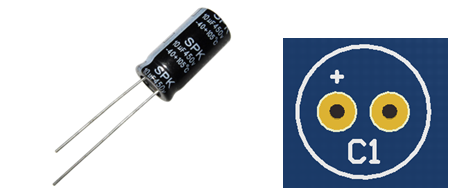
Polyester capacitors
The polyester capacitors have their value marked with three numbers. Read as picofarads (pF), the first two are the 1st and 2nd digits and the third is the multiplier code. These capacitors do not have polarity, you can place them in any direction.

Ceramic capacitors
The ceramic capacitors have their value marked with three numbers. Read as picofarads (pF), the first two are the 1st and 2nd digits and the third is the multiplier code. These capacitors do not have polarity, you can assemble them in any direction.
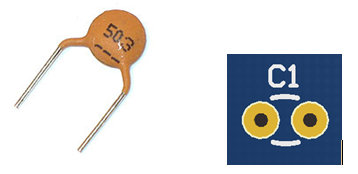
Tantalum capacitors
Tantalum capacitors have the value printed on them. The polarity is marked for the positive pin. Additionally, the longer leg is the positive and shorter the negative. Assemble the tantalum capacitor according to the positive polarity (+) marked on the PCB.
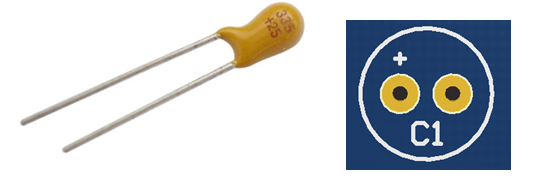
Integrated Circuits
Integrated Circuits (ICs) have their model printed on them. A notch half-circle or a dot indicates the correct position of the IC on the PCB.
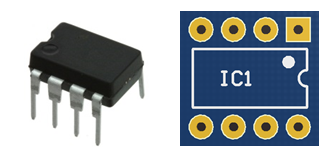
Diodes
Diodes have their model printed on them. The polarity (cathode) is indicated by the ring near the side. This ring is also marked on the PCB.
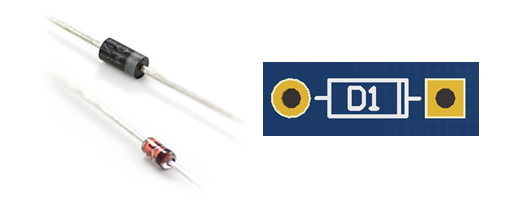
Led diodes
Led diodes have polarity, the cathode is indicated as a flat surface on the side of the diode and also it is the shorter led. On the PCB, the cathode is marked as a flat side and anode as a round side.

Transistors
Transistors are three terminals components and their model is printed on them. To indicate the correct orientation, one side of the transistor is flat and the other one is round.
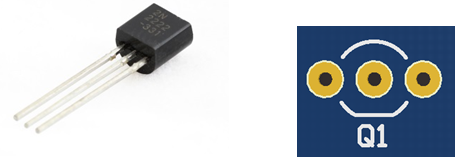
Potentiometers
Potentiometers have their resistance value marked on them. They are marked with A, B or C for logarithmic, linear and reverse logarithmic, respectively.

Trimpots
Trimpots are similar to potentiometers. Their values are printed on them. Use a small screwdriver to adjust them.
